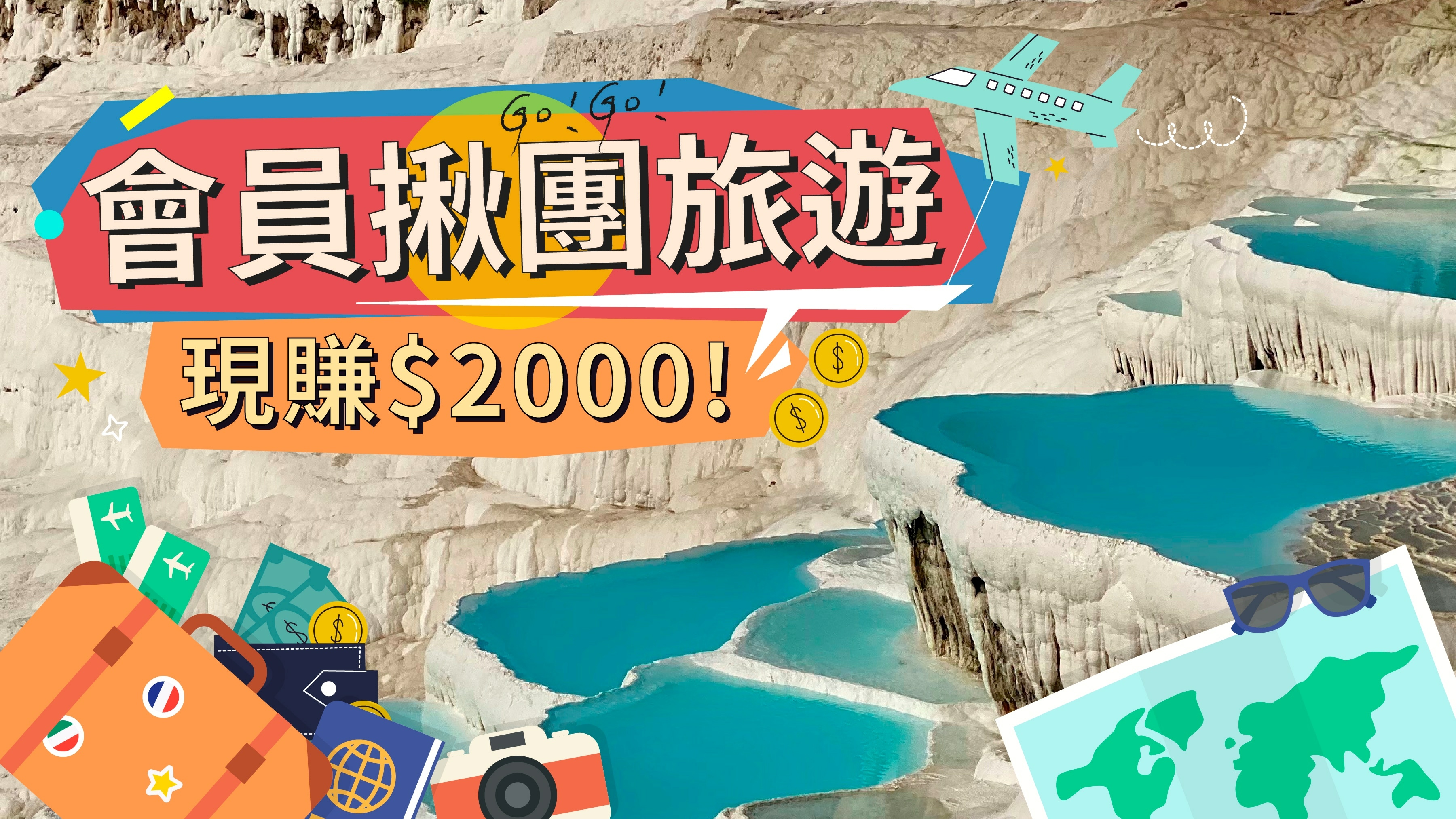貢中元準晶表面觀測從彭羅斯圖案演變為二維準晶體圖案, ,現在不再是晶體的正常重複“晶胞”?
大綱
彭羅斯平鋪是三角幾何繪圖的數學問題,準晶體surface 是二維TEM影像的物理問題。這兩個問題之間的(唯一)聯繫是它們都具有五重旋轉對稱性,並且都具有非週期性特徵,但also have無法簡單形容的不確定週期性。這種所謂的聯繫,似乎是一個既容易理解又很難理解的數學問題。這兩個(聯繫)問題如何的連結在一起,卻是一個有等精確解釋的大問題。在本報告中,我們將從準晶表面觀測(STEM)和彭羅斯平鋪中分析和解釋正五邊形陣列的特徵開始,更準確地理解它們之間的關係,和尚未解決的問題。
Penrose tiling is a mathematical problem of trigonometric geometry drawing, and quasicrystal surface is a physical problem of two-dimensional TEM images. The only (two )connection between these two problems is that they both have five-fold rotational symmetry, and both have non-periodic characteristics, but they also have indeterminate periodicity that cannot be simply described. This so-called (two)connection seems a mathematical problem that is easy to understand and yet difficult to understand. How these two issues (are connected is a big question that requires a precise explanation. In this report, we will start by analyzing and interpreting the characteristics of regular pentagonal arrays from quasicrystal surface observations (STEM) and Penrose tiling, to understand their relationships more accurately, and Tried (not completely)to understand unresolved issues how do they form a nuclei.
我們從topologic拓樸學比對的概念很開始, 我們希望能夠從彭羅斯平鋪中找出兩個不同大小的原子以及第三個較小原子的正確(原始)位置。We start from the concept of topologic comparison. We would like to be able to figure out the correct (original) positions of two atoms of different sizes from the Penrose tiling as well as that of the third smaller one ..
1982年Dan Shechtman教授在 Al-Mn 合金中發現了一種新的固態結構,在電子繞射中表現出五重旋轉對稱性,這在傳統晶體學中是被禁止的。被稱之為「準晶體」。(十倍衍射TEM圖(圖 1)),並因此獲得了2011年諾貝爾化學獎。彭羅斯平鋪(Penrose tiling) 圖案(圖 2a).經常的被認為有直接或間接的關係,用來解釋準晶體的各種特性。
準晶體具有長程有序和五重旋轉對稱性,但不具有平移不變性,也沒有週期性結構。(圖 a) 這樣子的描述與所謂的非週期但是有次序的彭羅斯平鋪圖案結構,非常相似。
(這張 TEM 照片中的五邊形圖案陣列也是一個有趣的問題)。

早期的彭羅斯瓷磚是用兩種大小不同,一胖一瘦的菱形組成的,兩菱形的面積比例恰巧是黃金比例。後來彭羅斯用另外兩種形狀風箏和矛(kite and dart)組成的(fig 3 b)。傳統方法很難做到完美無缺,也很難找出是否做錯了什麼。一旦犯錯就很難回頭。
然而,我們的彭羅斯平鋪作圖的方法, 是由一胖一瘦的菱形, 然後先組成六種不的同的十邊形,其中只有a型為五旋轉對稱十邊形。然後六種十邊形,可以耦合(coupling)聚集在一起,形成每一邊有五個正十邊形五邊形的彭羅斯平鋪圖案(fig 4 a,b),。這種用偶和的技術(ref. )很快的把這彭羅斯平鋪成倍數的擴張, 並且可以沒有缺陷的變到無限大。'
只有a型可以有不同三種尺寸的五邊形通過其中菱形頂端的交叉點,圖5 所示,最小的五邊形是連接所有大菱形的頂點,第二小的五邊形是連接十邊形裡面中五個小菱形的頂點型,第三個小的五邊形,連接十邊形外圍五個小菱形的頂點型。三個五邊長是由黃金比例遞增的。
以前,我們在繪製彭羅斯平鋪大型耦合圖形時,已經充分了解了(參考,)這些圖形的基本性質,以及彭羅斯平鋪內部結構中五邊形陣列的具體特徵。
在這項研究中,我們首先使用潘洛斯平鋪耦合圖( fig 4 )。使用一組五邊形, 邊長以黃金比例增加或減少, 以不同的五邊形頂點(如上所述)來擬合彭羅斯平鋪中菱形的交點(圖 4ab)
Some results of quasicrysta
l observationsSome results of quasicr
四向對稱十方準晶體最多可以有2 to 3個不同的中心ysta l obse
l obse rvationsA quasiperiodic crystal, or quasicrystal, is a structure that is ordered but not periodic. A quasicrystalline pattern can continuously fill all available space, but it lacks translational symmetryClassical theory of crystals reduces crystals to point lattices where each point is the center of mass of one of the identical units of the crystal. The structure of crystals can be analyzed by defining an associated group. Quasicrystals, on the other hand, are composed of more than one type of unit, so, instead of lattices, quasilattices must be used. Instead of groups, groupoids, the mathematical generalization of groups in category theory, is the appropriate tool for studying quasicrystals.[49]Here,
rvationsA quasiperiodic crystal, or quasicrystal, is a structure that is ordered but not periodic. A quasicrystalline pattern can continuously fill all available space, but it lacks translational symmetryClassical theory of crystals reduces crystals to point lattices where each point is the center of mass of one of the identical units of the crystal. The structure of crystals can be analyzed by defining an associated group. Quasicrystals, on the other hand, are composed of more than one type of unit, so, instead of lattices, quasilattices must be used. Instead of groups, groupoids, the mathematical generalization of groups in category theory, is the appropriate tool for studying quasicrystals.[49]Here,









相當大比例的面積被位五邊形簇覆蓋A significant proportion of the area is covered by clusters of unit pentagonsA co
A quasiperiodic crystal, or quasicrystal, is a structure that is ordered but not periodic. A quasicrystalline pattern can continuously fill all available space, but it lacks translational symmetryClassical theory of crystals reduces crystals to point lattices where each point is the center of mass of one of the identical units of the crystal. The structure of crystals can be analyzed by defining an associated group. Quasicrystals, on the other hand, are composed of more than one type of unit, so, instead of lattices, quasilattices must be used. Instead of groups, groupoids, the mathematical generalization of groups in category theory, is the appropriate tool for studying quasicrystals.[49]Here,
Cluster morphologies intercepted from atomic sites converted from Penrose decagonal tiles can be divided into three types
從彭羅斯十邊形瓦片轉換的原子位點截取的團簇形貌可分為三種類型
the category of
We categorize the discrete atom clusters found separated as different groups
GROUPOID:
The clustr topography intercepted from the atomic sites converted from the Penrose decagonal tiles can be divided into three types
- Pentagonal shape, euallateral , non equilateral length , with one atom in side and with two atoms in side,\
Circular shape,
- Rectanglur shape , face center, non centers,
- Two parts : The topography from the atom sites that converted from the Penrose decagonal tiles. From the decagonal tiles converted to atom sites model,
nsiderable proportion of area was covered by unit pentagonal shaped clusters




 留言列表
留言列表


